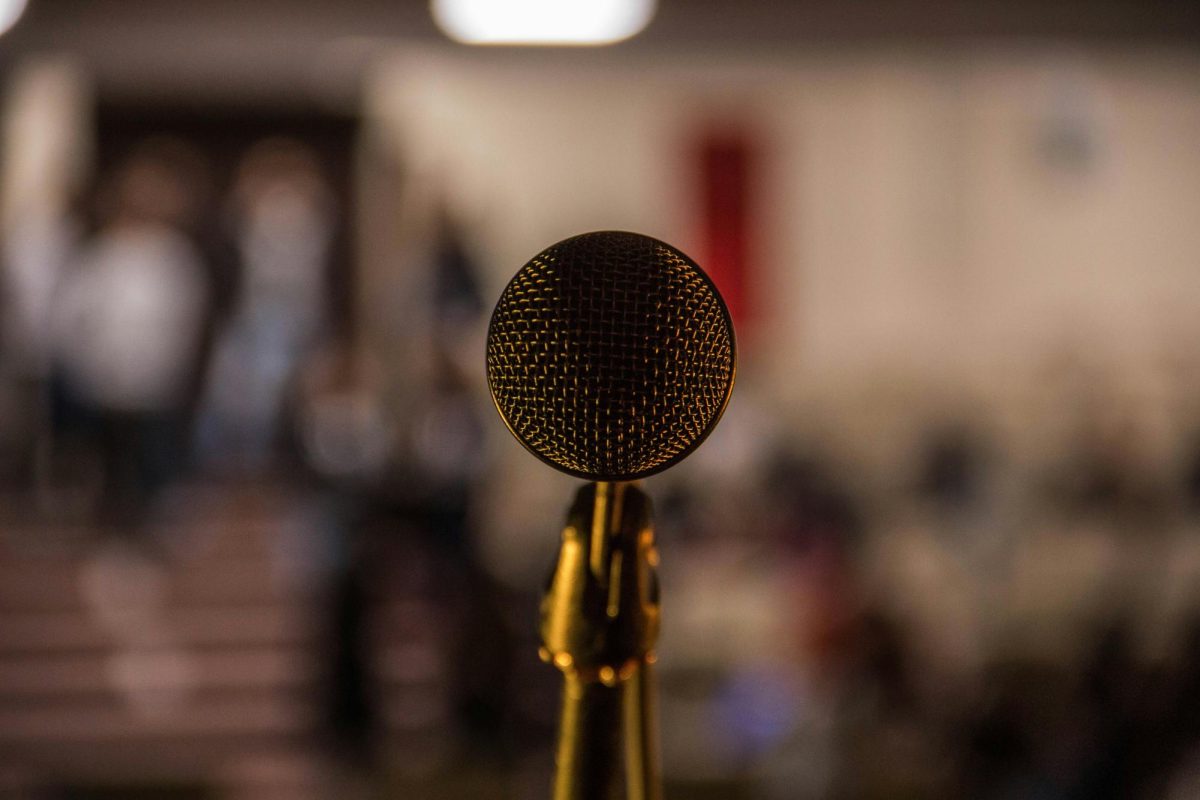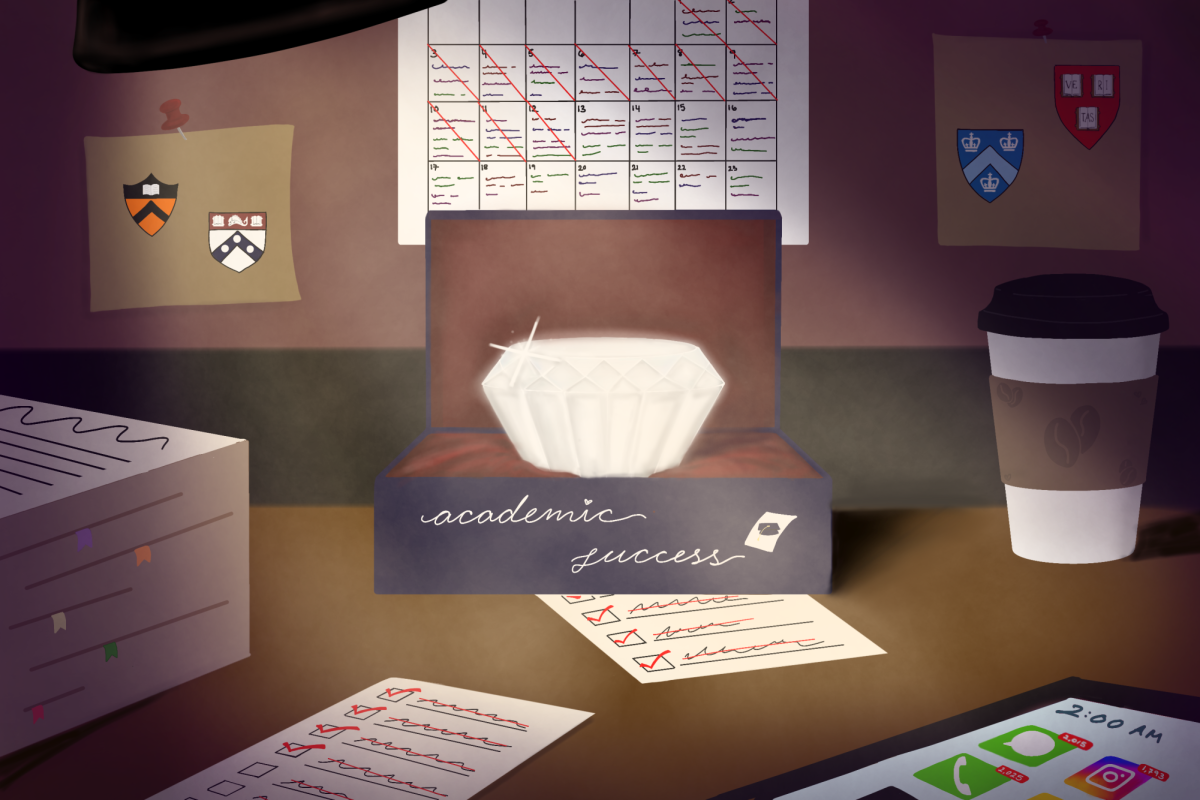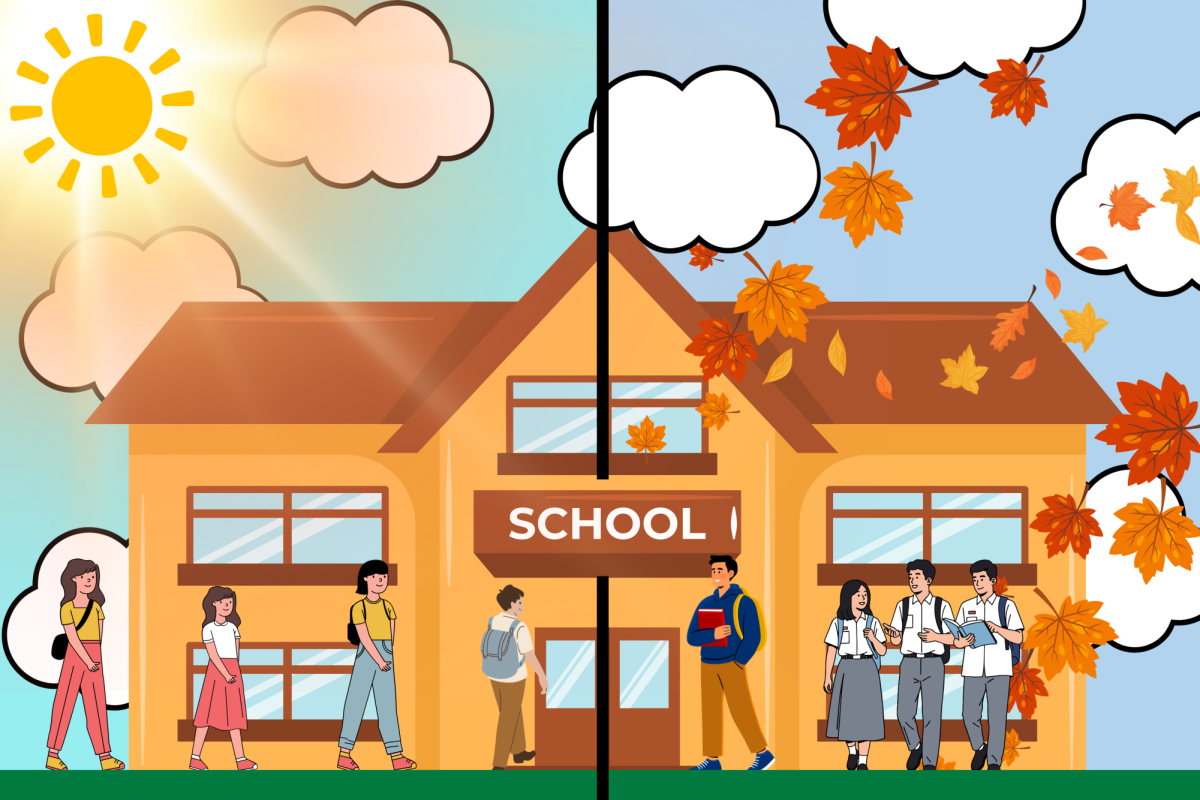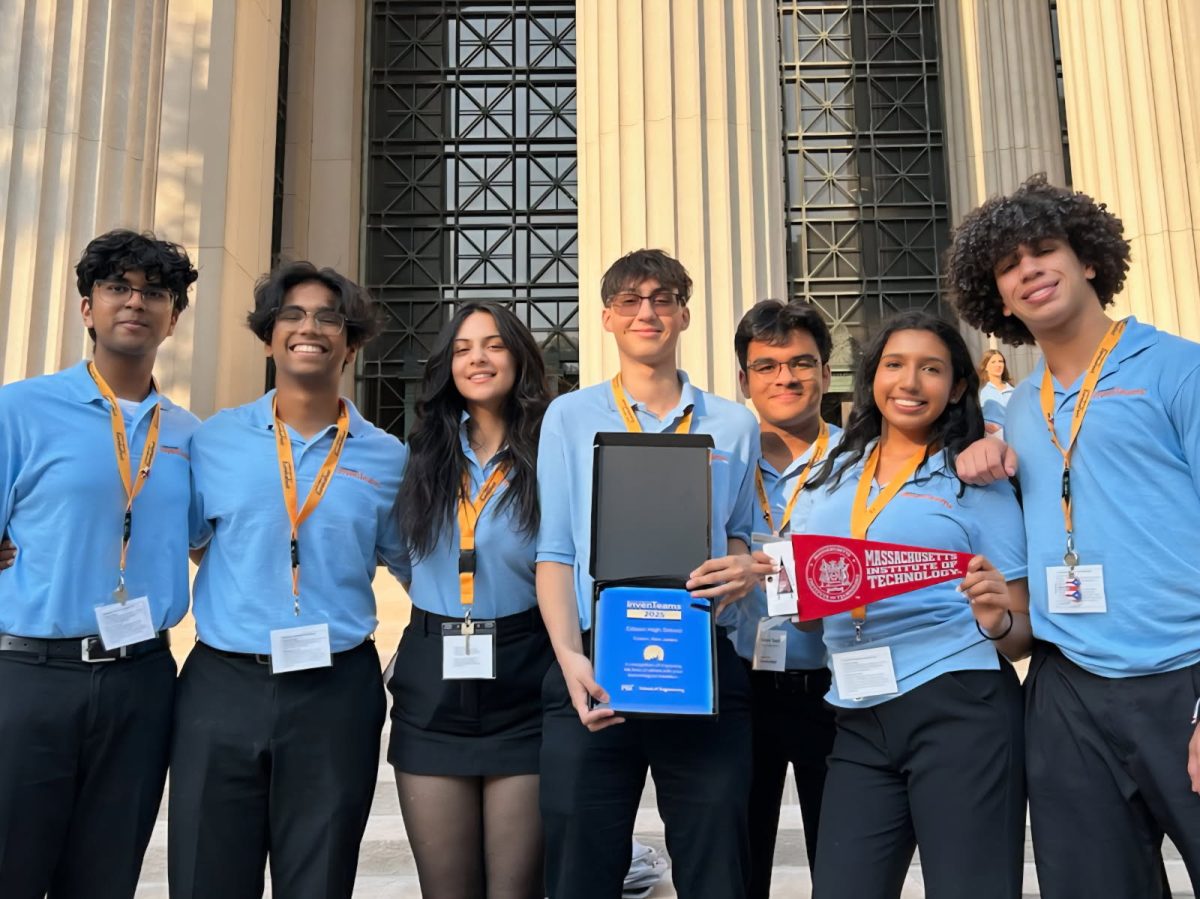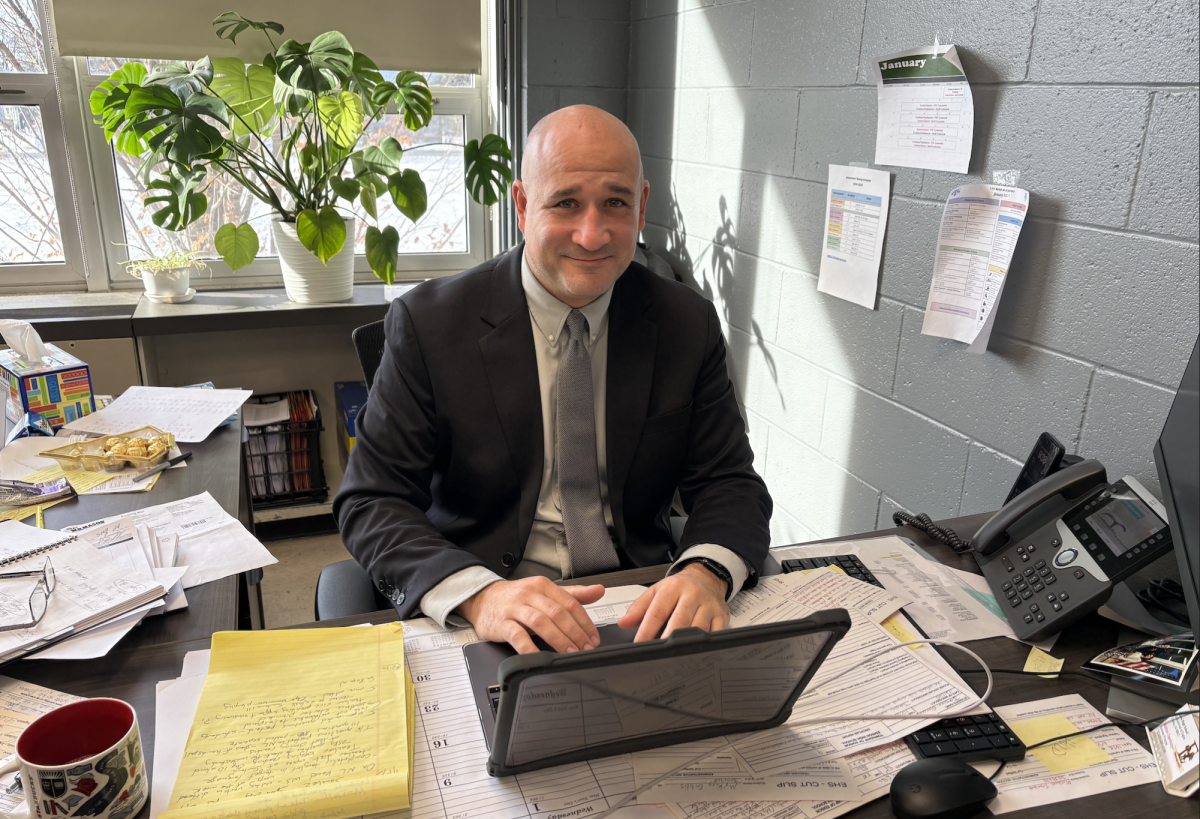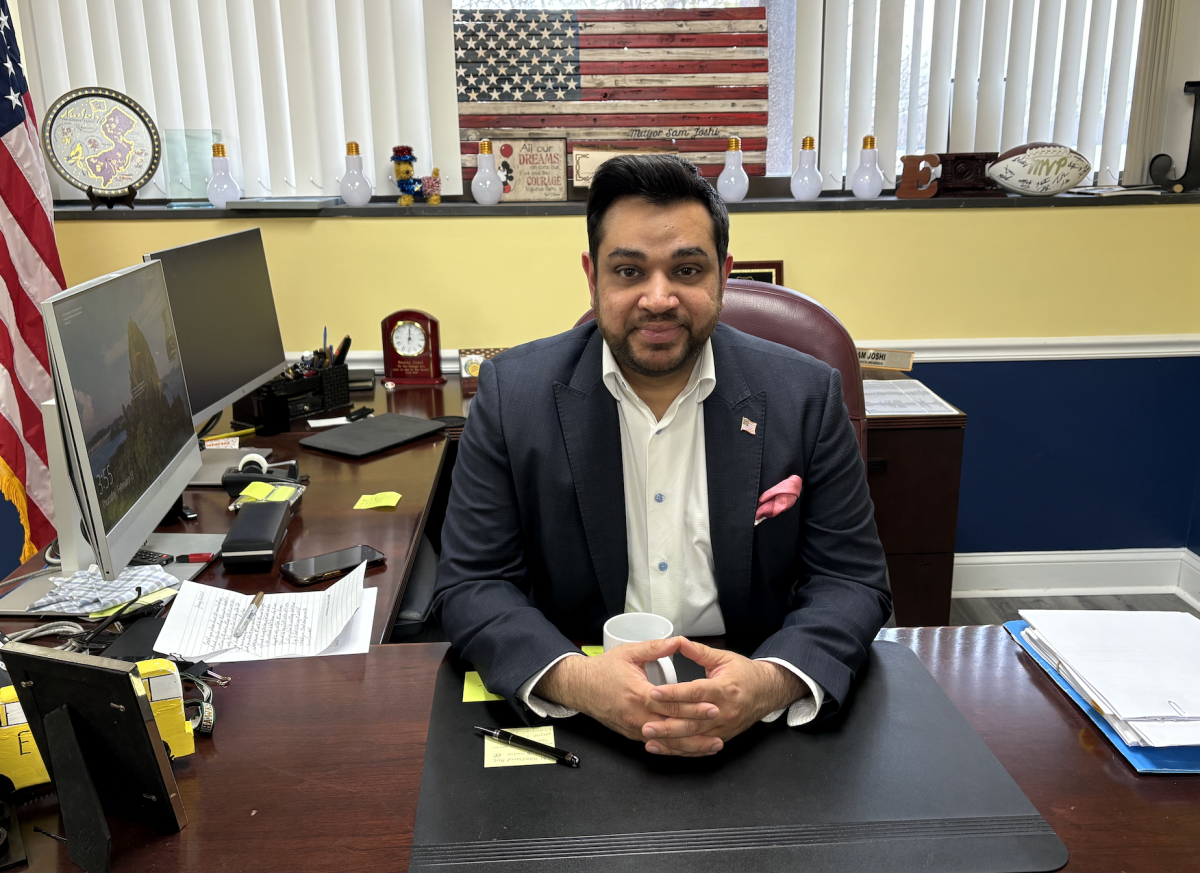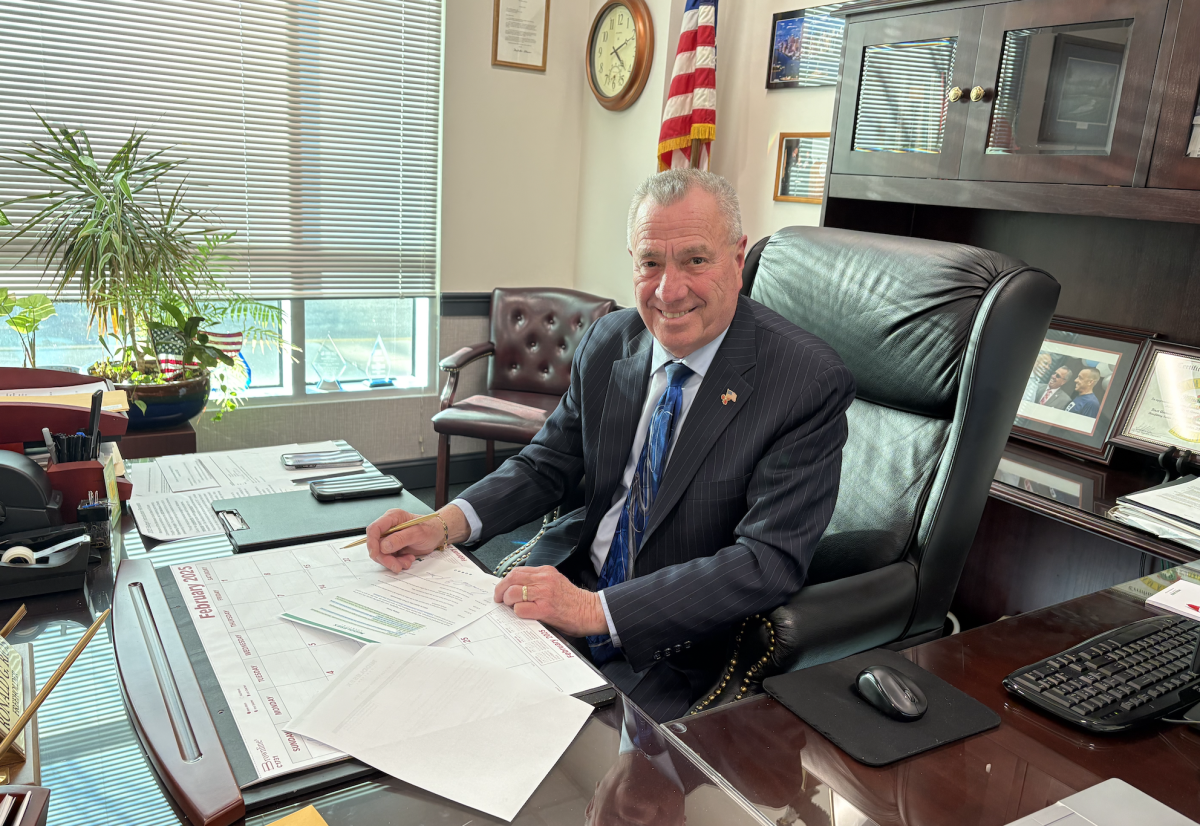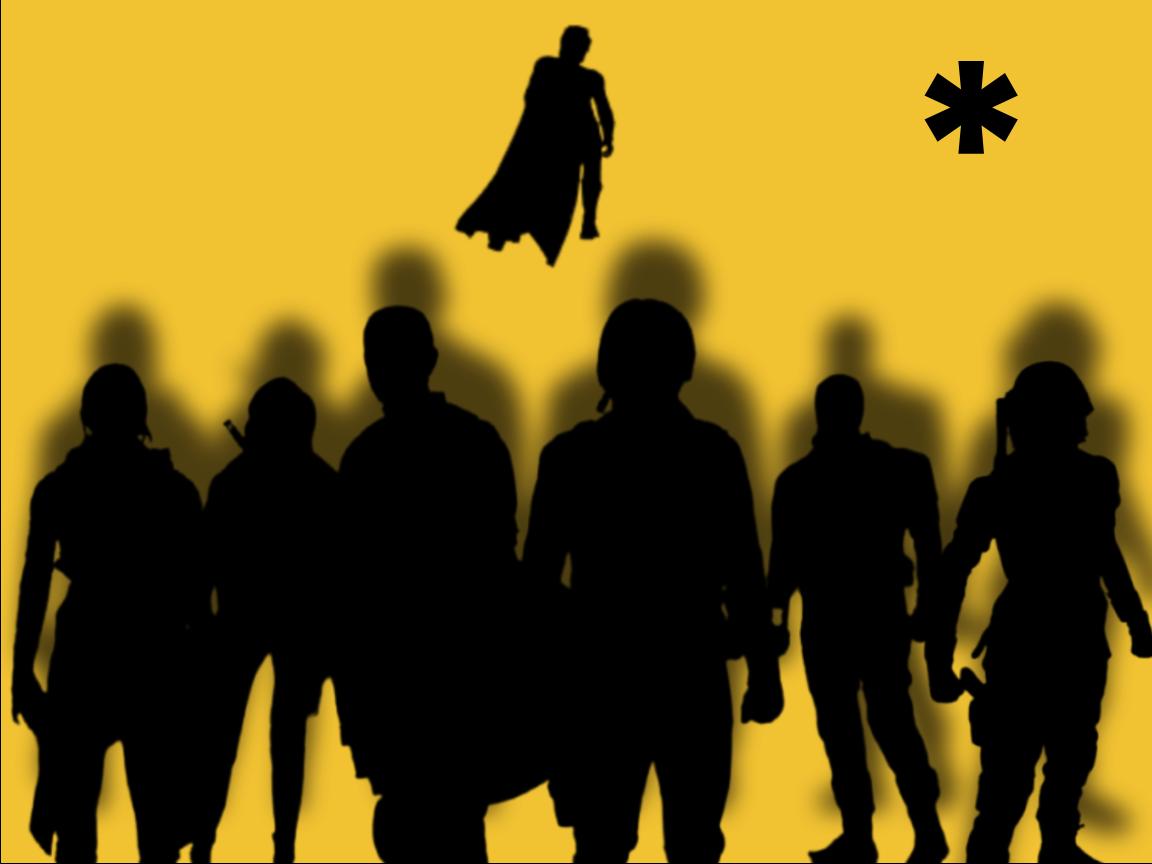In schools across America, students are accustomed to seeing “access denied” messages when attempting to view certain websites on district-assigned computers. These blockades, ranging from gaming sites to social media, are justified by administrators as resources kept at a distance to maintain safety, increase productivity, and sometimes even adhere to state or federal laws. However, the growth of the digital world has caused many students and educators alike to question the severity of such blockages and in some cases end up restricting access to legitimate educational resources.
One side of the argument claims that these restrictions are implemented to prevent students from distractions and keep in place safety measures. There is no question that controls are needed to prevent school children from stumbling upon inappropriate content —graphic violence, hate speech, etc. Additionally, the increased risk of cyberbullying further compels the use of restrictions on anonymous messaging sites to provide a safe space for all students.
Another key argument that school administrators posit is the distraction of apps such as YouTube, TikTok, and Poki. Here, the blockages of apps sound promising as these sites pull students away from learning. By controlling what students can access, schools essentially force students to pay attention in class instead of paying attention to the outside world.
However, just as all debated topics have pros and cons, the increased presence of these “digital walls” comes with a nuance. Schools hope these bans will carry out their duty to protect their students; however, when censorship becomes overdone, these schools fail in their duty of preparing students for the real world. As students graduate from high school and go on to the rest of their lives, they will have to navigate the internet without institutional safeguards, and by “blanket bans”, schools deprive students of the skills they will need later on to properly use the internet and appropriately forge their digital footprint.
Moreover, by increasing the amount of restrictions placed on students, schools don’t only limit distractions but also educational opportunities. With school computers being the only way to access the internet during school hours, schools turn computers from information hubs into tools for basic assignments by placing blockades on many websites.
As a student at Edison High, I have experienced many times in class when teachers have tried to access videos on YouTube, related to the topic being worked on in class, but found them blocked, forcing them to give us other forms of information that would not be as helpful or concise. For example, in one of my classes, my teacher assigned a YouTube video that we had to watch and later answer questions about. However, due to these “blanket bans,” the video turned out to be blocked, forcing my teacher to remove the questions that were to be answered by the video. Therefore, by blocking large amounts of internet access, schools don’t contribute to a child’s learning experience but rather take away valuable learning and research opportunities.
Although restrictions in schools help serve the purpose of maintaining students’ focus, their scope and harshness remain the ultimate influencers of whether they will be successful or not. Schools should implement a balanced policy that prioritizes safety but also gives them access to the immense power of the internet and allows preparation to go into the real world. After all, the goal of education should not be to shield students from all potential dangers but rather teach them to be safe when they are eventually independent of constant monitoring and supervision.







